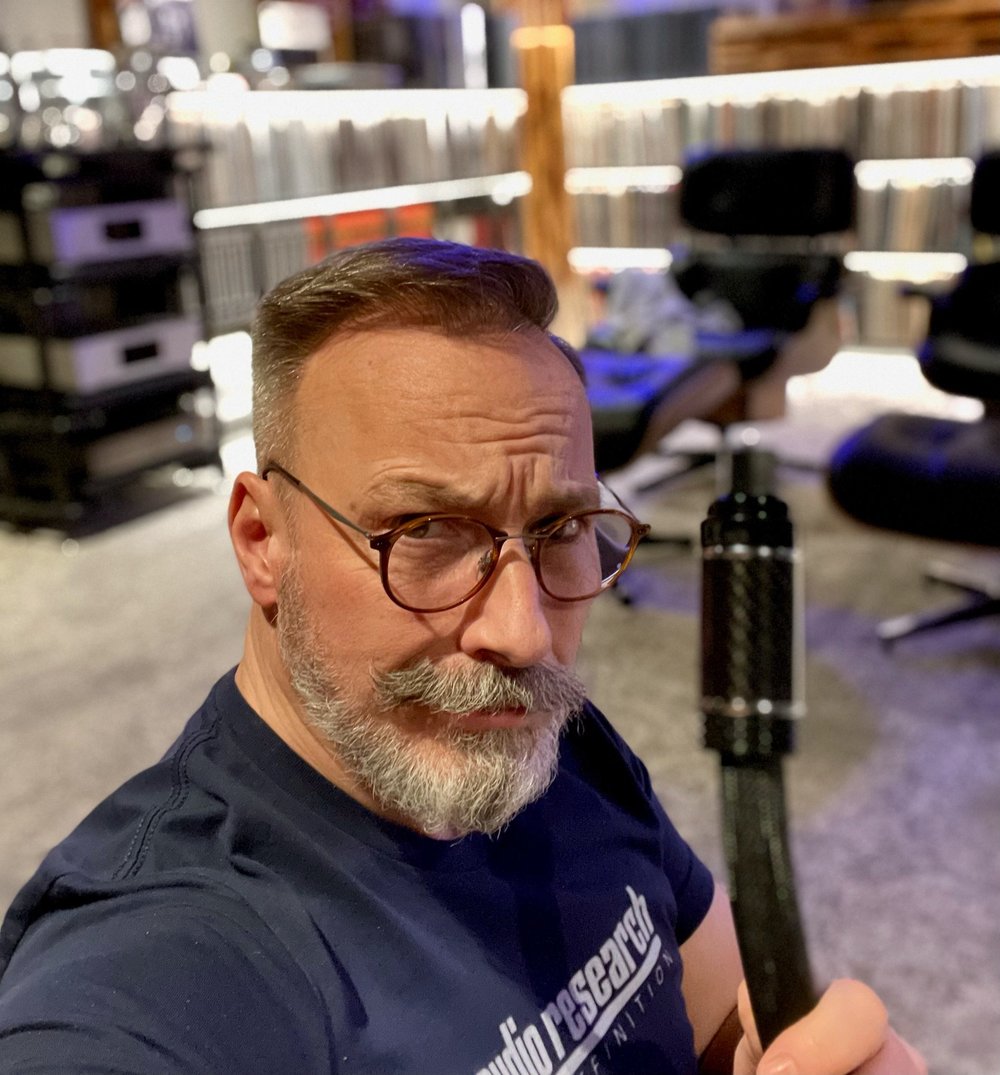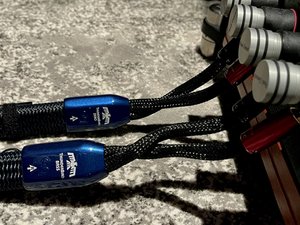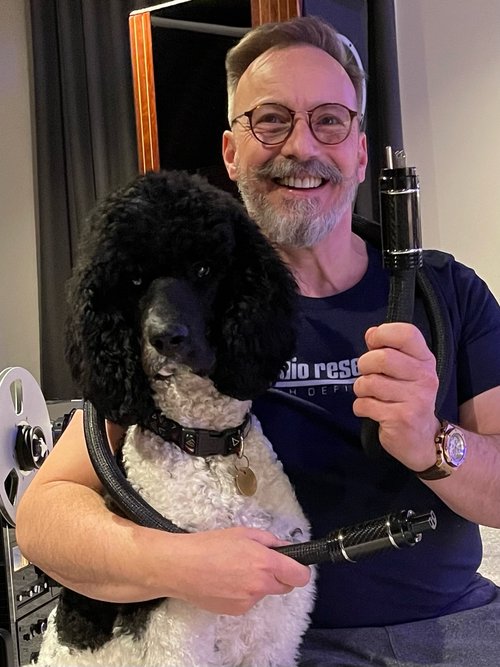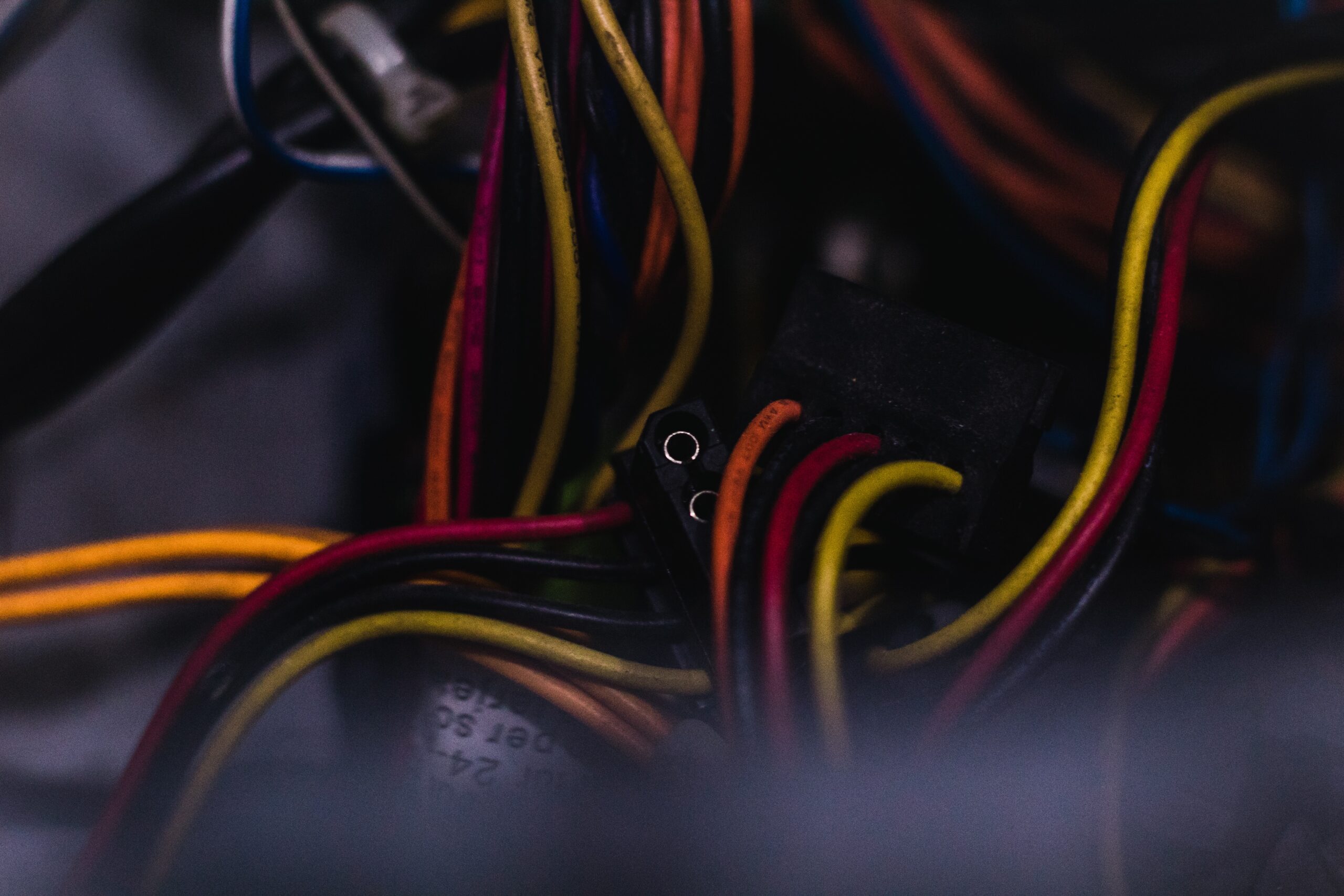
I ended Part 2 in this series by comparing blind tests done by wine lovers to those by audiophiles. Why? To make a point that it’s practically impossible to perfectly identify and compare all the nuances that our senses detect between two new stimuli over a short period of time.
Auditory memory, also called echoic memory, is part of both our sensory memory and short-term memory. When a sound is heard, the process of auditory memory begins. Your brain analyzes this information and registers it as sound information. The retention of this information lasts no more than 3 to 4 seconds, a period long enough to supply our short-term memory with several different sounds it will then use to decode the meaning of what was heard. For example, a single syllable doesn’t mean much, but several syllables form a word, and a combination of words forms a sentence with structured meaning. Auditory memory can also fill in missing information. If you missed a few words or notes in a piece of music, your auditory memory will take over and draw from its information database to fill in the blanks.
This information database is located inside our long-term memory. It constitutes our auditory knowledge, built over the years by various experiences and sensations deemed important and useful by our brain.

A great sommelier will be able to determine, in a blind tasting, the region, the grape variety, and even the year of certain wines. To do this, he will call on his taste memory, which contains a considerable amount of information. But all this information takes years of experience, extensive studies, hundreds of tastings, extraordinary taste buds, and a phenomenal perceptual memory to collect.
A talented musician or conductor can pick up the slightest subtleties in a piece of music they’ve practiced and mastered for years. In seconds, that person’s auditory memory releases dozens of sonic reference points. It may be a prodigious memory to begin with, but it still requires practice, time, and experience to store millions of bits of information that will later be used to distinguish all the nuances in music and sound.
When you listen to music, you automatically use your auditory memory and your long-term memory. You instinctively and instantly compare what is stored in your brain to what you’re hearing in real time. The information stored in your memory is the fruit of your past experiences—points of reference created at concerts, performances, or from learning a musical instrument. It also comprises the hundreds of hours spent listening to music on your audio system within the particular acoustics of your room.
“But Gilles! What does this have to do with audio cables?”
I was just getting to that, specifically about the sacrosanct and loudly repeated theory of audiophile cable deniers that only a blind AB or ABX test can prove beyond a doubt whether there truly exists a difference in the sound between two non-identical cables. “That’s science, sir! And it’s the only test that’s valid!”
Blind comparison tests use short-term memory, not long-term memory. Short-term memory can memorize at most seven different pieces of information simultaneously for a maximum duration of 30 seconds. No wonder this is the test of choice of cable deniers!
The human ear can differentiate between 400,000 different sounds using auditory knowledge (long-term memory), giving it access to thousands of points of reference at lightning speed. Comparing this to our short-term memory is a joke. It’s impossible for our short-term memory to decipher thousands of sonic and musical cues in quick comparisons with another cable.
Our auditory knowledge needs time, repetition, and practice, which means it won’t be called on to perform quick comparisons, our short-term memory will. Worse still, these tests are usually conducted with cabling that’s unknown to the listener, on an audio system the listener has never heard before, in an acoustic environment the listener is not accustomed to. There are, therefore, no points of reference that our long-term memory can draw from. Not only that, but after a few listens, the listener’s mind becomes saturated, memory gets bogged down and can no longer detect nuances. Remember that short-term memory likes to fill in the blanks. When fatigue sets in, our short-term memory will tend to regulate what’s perceived, at which point all cables will end up sounding the same.
It’s why an audiophile who’s intimately familiar with the sound of an audio system and the acoustics of a listening room can instantly differentiate the sonic palette of a cable that’s been used for years from a new one under evaluation. To compare them, the listener also uses musical pieces that have served as a reference and been listened to many times. Relying instinctively on long-term memory, the listener is then able to discern all the subtleties relayed by another model of cable, as long as the audio system is sufficiently revealing, the room’s acoustics are acceptable, and that any personal biases are set aside.
For a better idea of why it’s so difficult to make a blind cable comparison using a scientific method, I encourage you to read the research work done by Milind N. Kunchur PhD at the University of South Carolina, entitled “Cable Pathways Between Audio Components Can Affect Perceived Sound Quality”, and published by the Audio Engineering Society.
In fact, AB and ABX tests are much more exercises in memory than legitimate ways of comparing sonic subtleties between different cables.

The amount of information that reaches a listener’s ear is simply too great to be judged over a short period of time. How our brain, memory, and hearing work, alone and together, is infinitely complex. Several theories and scientific studies exist on the functioning of echoic memory, but as of now, no consensus about it has been reached despite great advances in science. So it’s not surprising that high-end cables are the subject of diverging opinions.
To those who claim that laboratory instruments have shown there to be no sonic differences between cables and therefore cables cannot possibly have an effect on sound reproduction, I say: There is also no measuring device that can accurately describe the taste of a dish. There are recipes that can help us create dishes that smell or taste a certain way, but, ultimately, it is humans who can taste, appreciate, and judge.
A multimeter or an oscilloscope can’t measure hearing. Neither can measure sound interpreted by the listener’s brain. Remember the Total Harmonic Distortion (THD) wars of the ‘80s that nearly destroyed hi-fi? By concentrating solely on the scientific aspect of design, manufacturers built equipment that produced infinitesimal amounts of harmonic distortion. Specifications were extraordinary and measurable! The downside? The gear sounded terrible!
Try convincing me that if the difference is not measurable, no difference exists, and I’ll tell you that the device that can measure human auditory perception hasn’t yet been invented.
Science is not static. It represents a perpetual search for answers that allows it to move forward. Instead of presuming that sonic differences between cables don’t exist because those differences are not measurable, ask yourself why you’re not able to measure them and invent the device that can. Because the reality is that scientifically unmeasurable differences do exist.
My columns sometimes arouse passions and occasionally elicit disgraceful, aggressive or impolite comments. I’ve been defamed and harassed by people whose views are diametrically opposed to my writings. My friendly suggestion to these people: take a long walk outside and then listen to a few hours of relaxing music to lower your blood pressure. Then, with an open mind, try new, high-quality cables in your system and enjoy the difference! You can thank me later.






Leave a Reply